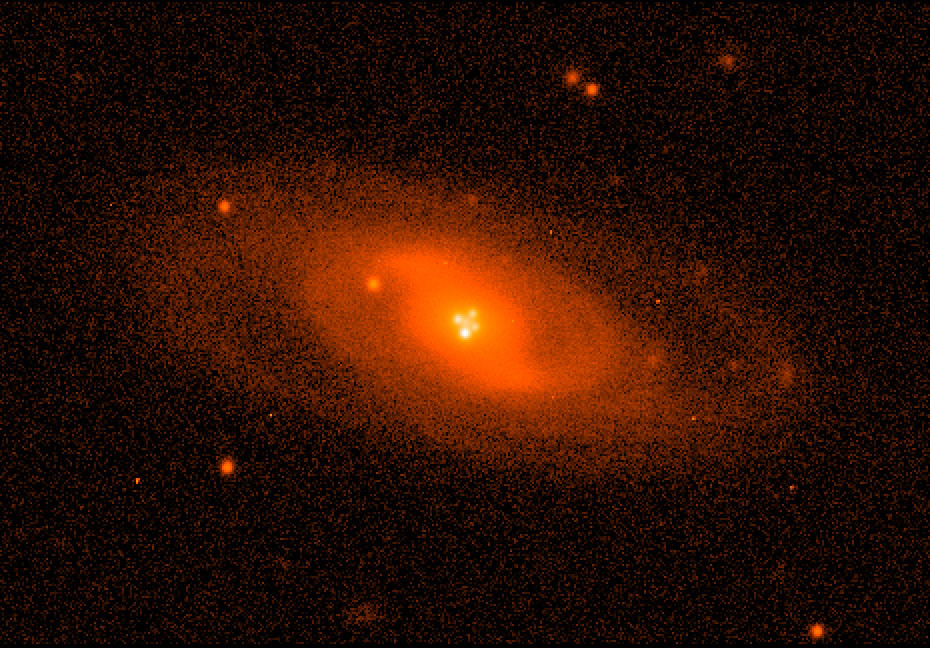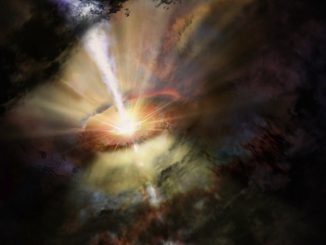
The researchers used microlensing to resolve the distorted images collected by the OGLE and GLITP gravitational microlensing projects, which have had their lenses trained on Einstein’s Cross for over a decade. By studying the variation in brightness of four different images (the four points of the ‘cross’), they have been able to obtain precise measurements of what is likely the innermost stable orbit of its accretion disc.
“Over recent years we have shown how microlensing allows us to analyse the structure of accretion discs in quasars, and now we have obtained precise measurements for a structure right at the innermost rim, potentially its last stable orbit before the black hole event horizon,” explains José Antonio Muñoz, lecturer at the Department of Astronomy and Astrophysics at the Universitat de València, who took part in this research alongside colleagues at the universities of Granada, Cadiz and the Canary Islands Astrophysics Institute.
His colleague, Jorge Jiménez Vicente, at the University of Granada adds that, “the big breakthrough here is that we have been able to do this for such a small disc, so far away — it is like being able to detect a one euro coin located over 100,000 kilometres away.”
Currently only one in every 500 quasars can be measured in this way. However, Jiménez Vicente points to a future, when large-scale monitoring programs (like the 8.4-metre Large Synoptic Survey Telescope planned for northern Chile by 2022) are up-and-running, where “the detection of high magnification microlensing events like this one will be possible for thousands of quasars.”



